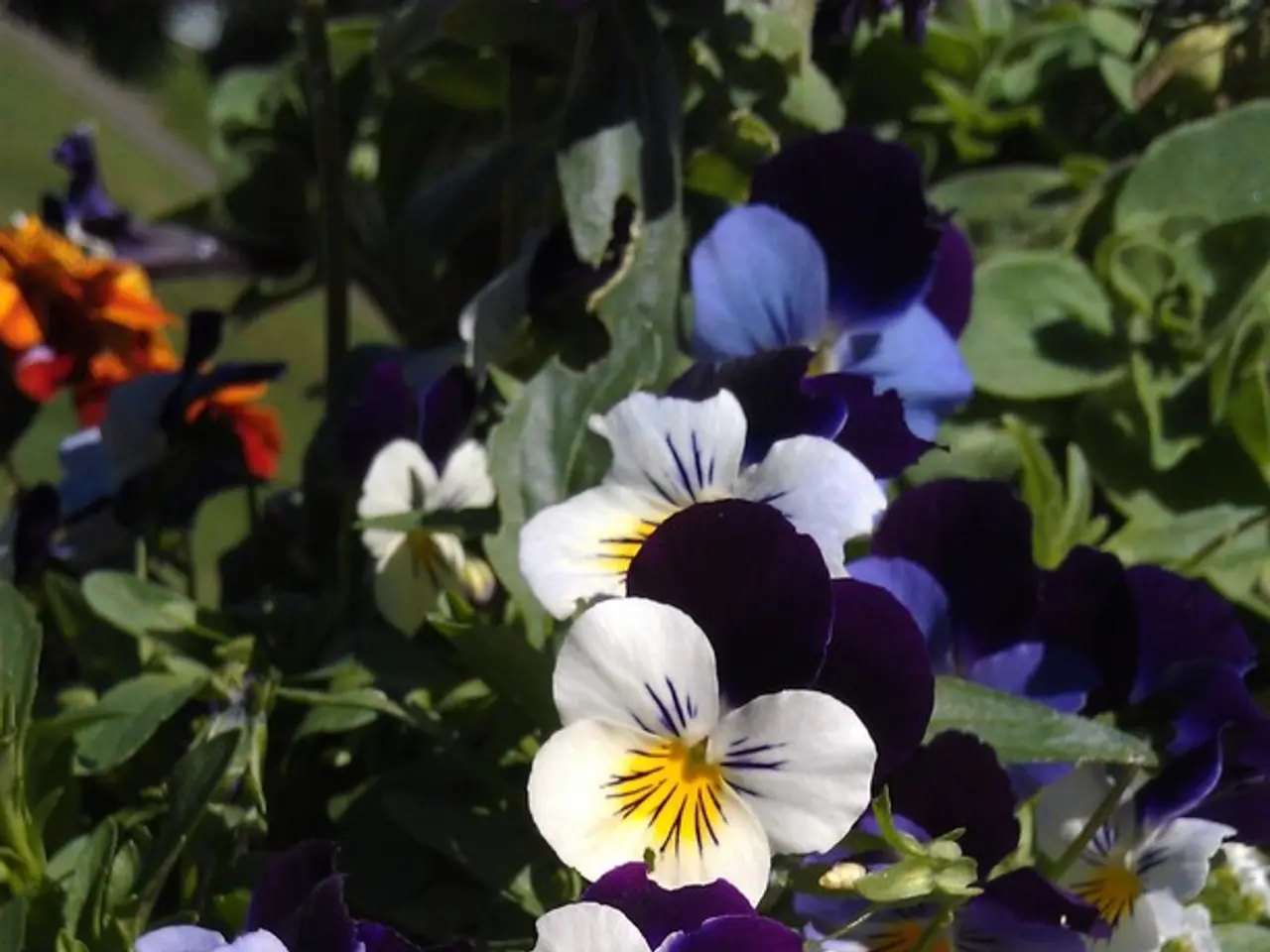Dealing with Hosta flower stalks: To trim or not to trim?
In the world of gardening, few plants offer the versatility and charm of hostas. Whether your garden goals lean towards a lush, tidy foliage display or a vibrant floral extravaganza, hostas can accommodate. The decision to cut or keep hosta flower stalks is largely a matter of personal preference and garden aesthetics.
If you prioritise a clean, focused foliage display, promptly cutting hosta flower stalks after they have bloomed is beneficial. This practice redirects the plant's energy towards root development and foliage production, resulting in larger, healthier leaves. Removing spent flower stems also tidies the plant's appearance, preventing clumps from looking untidy as the season progresses. This approach is particularly useful in formal garden settings or when hostas serve as borders or foundation plantings.
On the other hand, if you appreciate the natural aesthetic of hosta flowers and want to enjoy their blooms for pollinators or a more naturalistic garden feel, you may choose to leave the flower stalks intact. Flower stalks can add seasonal interest and attract beneficial insects to your garden. Some gardeners prefer to keep the flowers for their ornamental appeal and to allow seed production for propagation purposes, though seed-grown hostas may not always breed true.
In summary:
- If your goal is a clean, focused foliage display, cut the flower stalks promptly after flowering. - If you enjoy the flowers for their beauty or ecological benefits, it is fine to leave the stalks standing until they die back naturally.
In warmer southern regions (USDA zones 8 to 9), hostas may produce stalks earlier and for longer periods than in northern zones (3 to 4), requiring more frequent monitoring and potentially multiple rounds of cutting throughout the season. To maximize decorative garden impact, plant hostas with complementary flower colours near each other.
Hostas produce flowering stalks during summer, extending above their leafy mounds with bell-shaped blooms in white, lavender, or light purple. To remove flower stalks, cut them at the base where they emerge from the crown using clean, sharp garden scissors or pruners. A balanced approach involves selective cutting based on seasonal needs and garden conditions.
Seed pods should be stored in yard waste bin if formed, as some hosta seeds can remain viable in home compost systems. Hosta flowers provide nectar for bees, hummingbirds, and other pollinators, especially in mid to late summer.
The beauty of hostas lies in their versatility and ability to thrive under various maintenance approaches. By understanding your garden goals and aesthetic preferences, you can make informed decisions about whether to cut or keep hosta flower stalks, ensuring a garden that truly reflects your unique style.
-If your garden aesthetics prioritize a clean, focused foliage display, then it's beneficial to compost the hosta flower stalks after promptly cutting them, as this redirects the plant's energy towards foliage production.- For those who appreciate the natural aesthetics and ecological benefits of hosta flowers, it's fine to maintain the flower stalks until they die back naturally, as they can add seasonal interest and attract pollinators to your home-and-garden.





